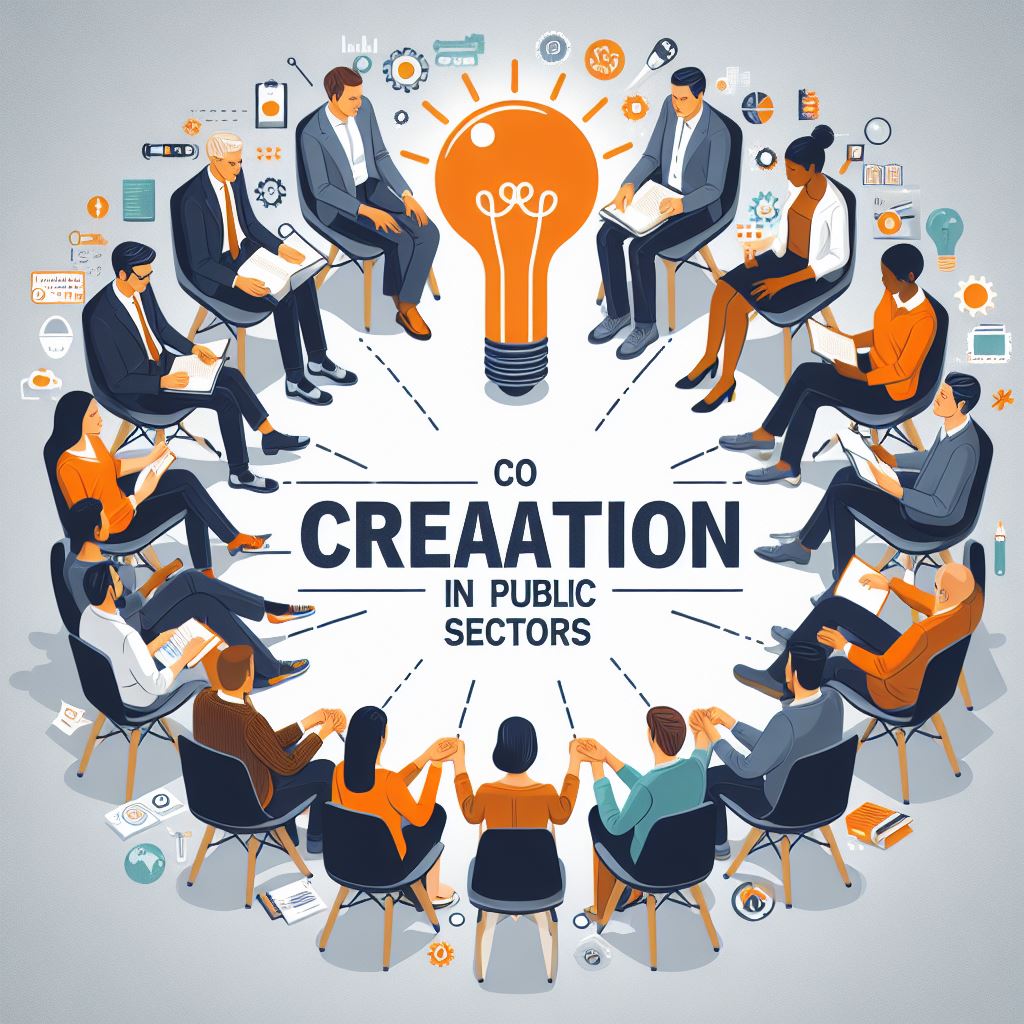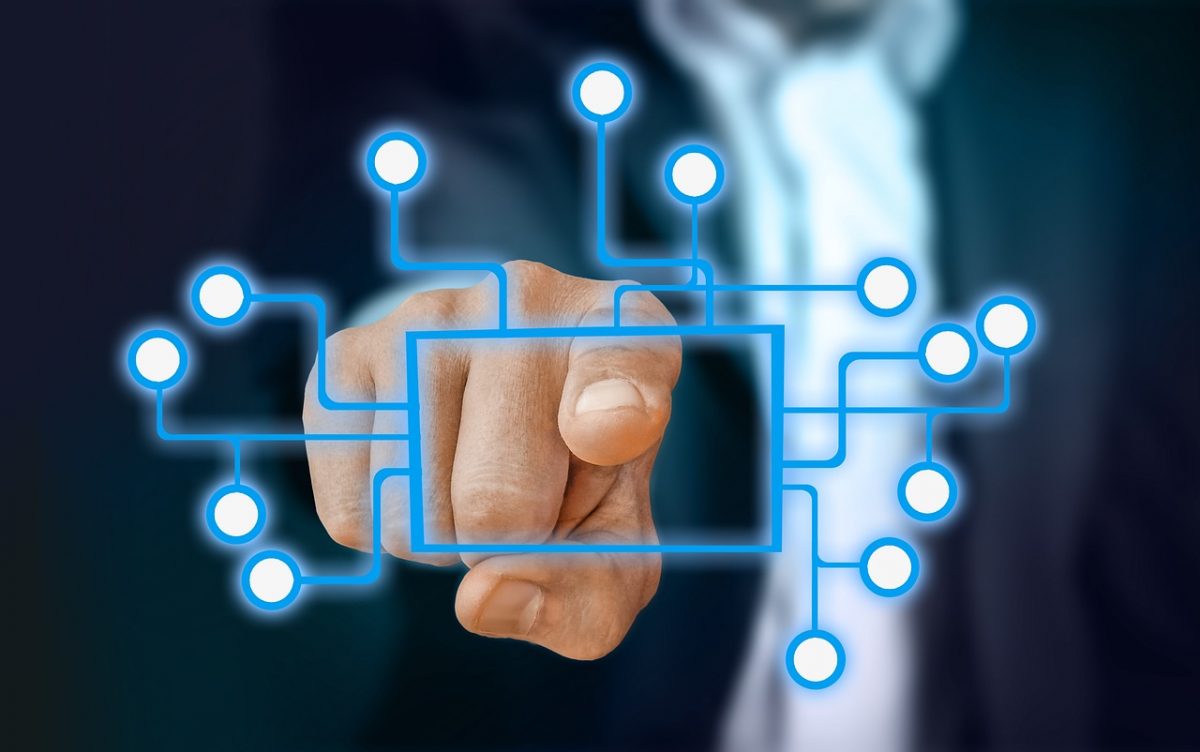Massive advances in digital technology are transforming the commercial sector, drastically affecting the planet. Our future is being shaped by rapidly shifting demographic, cultural, economic, and technological developments. Citizens’ wants and desires are also changing, and governments throughout the world are becoming more adaptable and innovative in order to stay up with this fast changing environment.
The public sector is experiencing major restructuring, with the emphasis changing from expansion to effective delivery of public services. Governments have enormous problems in various areas, including employment, health care, housing, mobility, and education, all while public budgets are under pressure. In reaction to economic limitations, the dominant narrative has been one of rationalisation attempts, productivity drives, and spending cutbacks. Despite the fact that this progress has not been without its problems, the need for high-quality public services remains unchanged.
In response to these issues, the public sector is being asked to develop a new interface with society that encourages creativity, taps into social resources, and fosters community ownership of solutions to public problems. The notion of co-creation is explored in this essay as a transformational tool for cash-strapped public organisations dealing with complicated social concerns.
Governance Paradigm Shift Through Co-Creation
Co-creation is an alternative to traditional hierarchical government and market-driven governance. While not a wholly novel notion, it extends beyond service co-production to include collaborative methods of creative problem-solving including key parties. This inclusive strategy aims to involve citizens in systemic improvements and joint efforts, transforming them from passive receivers of public services to active decision-makers.
Co-creation has the potential to become a basic governance element in the public sector. Co-creation has the ability to improve the design and execution of new and creative solutions by carefully conceptualising prospects for public value creation through cross-border collaboration.
Co-creation is not only a theoretical concept; it has practical implications in a variety of circumstances. Co-production of services is highlighted as a long-standing type of citizen participation. There have been numerous examples where lead users, frontline workers, planners, developers, and private players have worked together to reform service systems, establish urban regeneration initiatives, and formulate policies to solve important social challenges.
Responding to Democratic Demands Through Co-Creation:
The calls for more direct and constructive democratic involvement have been more vocal. Elected officials are increasingly seeking feedback from individuals and society in order to better understand problems and devise realistic solutions. Public administrators and staff recognise that their professional goals necessitate the active participation of citizens and stakeholders. Co-creation answers to these needs by establishing a platform for more direct and constructive democratic participation. The United Nations also claims that achieving the Sustainable Development Goals necessitates collaboration and co-creation. Co-creation is positioned as a need, not a luxury, for humanity’s existence. It is thought necessary to learn how to work more effectively in order to generate new answers to important challenges.
The COVID-19 pandemic is a devastating reminder of the power of co-creation, proving its relevance and usefulness in times of disaster. Co-creation provides a path ahead as the public sector grapples with economic limits, societal issues, and changing democratic expectations. The public sector may become a dynamic platform for innovation, cooperation, and effective problem-solving by upgrading co-creation from a service co-production or experimental governance method to a basic value. Finally, co-creation emerges as a transformational and critical technique for today’s public sector. Co-creation can thus serve as a lighthouse, directing the public sector toward a more inclusive, responsive, and sustainable future as we negotiate the challenges of the modern world.
Are you intrigued by the limitless possibilities offered by modern technologies? Can you imagine a potential transformation in your business through innovative solutions? If so, we invite you to embark on a journey of exploration and evolution!
Let’s initiate a transformative partnership. Reach out to us at open-innovator@quotients.com.







